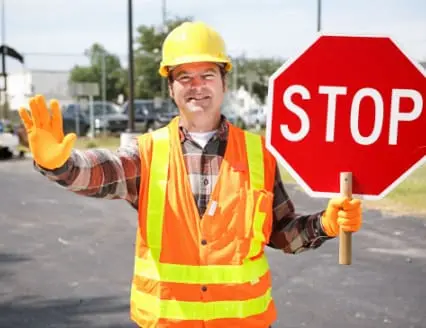What is Building Security?
Building security is the protection of property, assets, and occupants from intruders, perpetrators of violence, and unsafe or hazardous situations that can cause them harm or damage. Its goal is to deter, prevent, detect, and respond to physical security violations effectively. Underestimating the importance of building security puts everything and everyone within the building at risk, including the actual work or commercial activities taking place.
Why Is It Important?
Building security is important because it is a way for companies to protect themselves, their property, assets, and building occupants from malicious security threats. Even residential building managers and owners should take building security seriously, as over a million property crimes occurred in 2021, according to the Quarterly Uniform Crime Report released by the Federal Bureau of Investigation (FBI).
What are the Types of Security in a Building?
The different types of building security systems include the following:
- Access control – This includes all of the measures used to limit unauthorized access to the building, areas within the building, or other building assets like equipment, machines, and facilities.
- Surveillance – This primarily involves the installation of a closed-circuit television (CCTV) system to monitor and record the occupants and visitors in the captured areas 24/7.
- Intrusion detection – This refers to the use of motion sensor devices, weapon detection systems, and intruder alert notification systems.
- Security personnel – This includes the security director, security officers, security guards stationed at access points, and patrol guards.
Improve your GRC management
Simplify risk management and compliance with our centralized platform, designed to integrate and automate processes for optimal governance.
Explore nowHow Do You Secure a Building?
Secure a building by doing the following:
- Conduct a risk assessment to identify the building’s key security vulnerabilities.
- Remove large bushes and other hiding places outside of the building.
- Establish a security perimeter using fences or walls.
- Place physical barriers, such as turnstiles, at access points.
- Install weapon detection systems at major entry points.
- Record the names of visitors and occupants, the times they entered/exited the building, and their signatures in daily logbooks.
- Enforce a strict ID-wearing rule, with each ID having a recent photo of its owner.
- Implement extra identity verification and confirmation procedures.
- Install a locking or keycode system on doors that lead to high-risk areas (containing extremely valuable assets, information, or equipment).
- Install CCTV cameras where possible and ensure that there are no blind spots.
- Keep all areas of the building well-lit and clear (free from large objects that could possibly obscure intruders).
- Install motion sensor devices with alarms that are triggered by unauthorized access and with the capability to automatically send intruder alerts once the alarm is triggered.
- Establish security violation protocols, including evacuation procedures and emergency response plans.
- Perform regular security testing to identify new vulnerabilities and/or prepare for emerging threats.
Create your own Building Security checklist
Build from scratch or choose from our collection of free, ready-to-download, and customizable templates.
Browse Building Security checklistsMaintaining Building Security
While the steps on how to secure a building are provided in the previous section, building security doesn’t simply end there. What’s also important is to maintain the security of the building 24/7, 365 days, each year. Significant security threats can strike at any time and the various types of building security systems need to be ready to deter, prevent, detect, and respond to them.
Security officers can perform regular maintenance on building security systems using SafetyCulture (formerly iAuditor), a digital inspection app that can help power security planning programs. Below are some of the checklists that SafetyCulture provides for free:
- Security Risk Review
- Security Assessment
- Security Incident Report
- Security Site Inspection
- Perimeter Security Inspection
- Security Perimeter Check
- Security Access Control Check
- Security Explosive Trace Detection Check
- Security Training and Certification Check
- Security CCTV Check
- CCTV Maintenance Log
- Intruder Preventative General Corrective Maintenance
- Intruder Alarm Completion and Handover
- Security Officer Audit
- Security Audit
You can download and use these checklists, as well as the templates below, in SafetyCulture for free.



